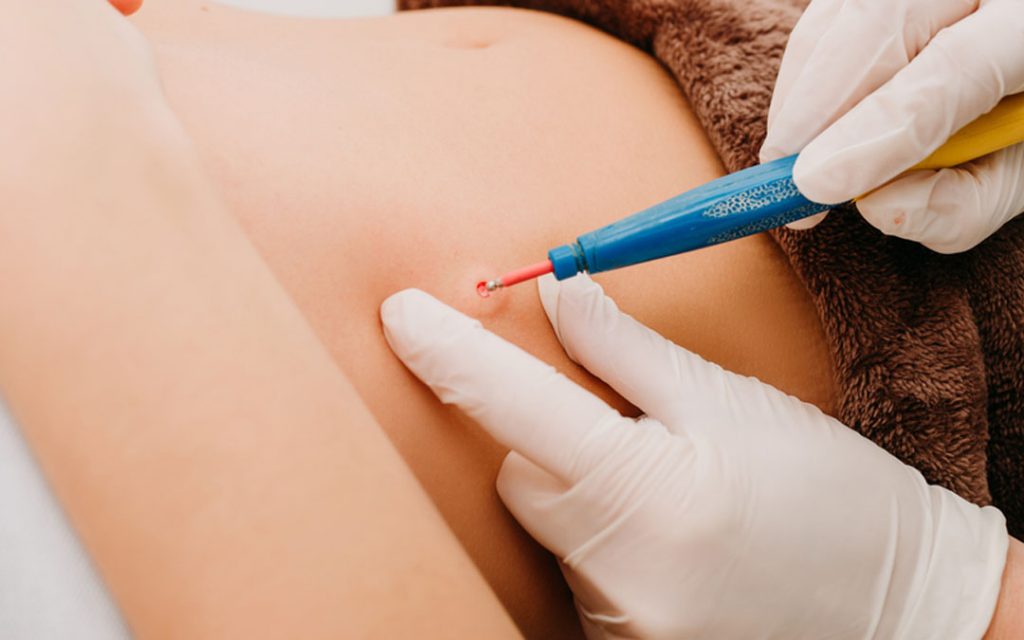Have you ever puzzled why some fat pockets just won’t go away despite spending a ton of time at the gym and maintaining a nutritious diet? You’re not alone if you’re nodding in accord. The same aggravation is shared by many, and this is where the discussion about non-surgical fat removal and liposuction treatments for fat reduction starts. However, what actually separates these two well-liked choices? What matters more is which one is best for you?
Liposuction
An established surgical technique called liposuction is used to remove fat deposits from the arms, thighs, hips, and belly, among other parts of the body. It has been in use for many years and has undergone substantial change, becoming safer and more efficient over time. What you should know about liposuction is as follows:
The Process
Liposuction is an invasive surgery that requires anaesthesia—either local or general, depending on the size of the area being treated. Through tiny skin incisions, the surgeon places a thin tube, known as a cannula. After the fat is broken up by moving this cannula back and forth, the body is suctioned off the fat. The end effect is a more contoured, smoother appearance that can significantly improve your shape.
Recovery Time and Results
Because liposuction involves surgery, there is recovery time. A few days to a week off work is normal, and several weeks may pass before you fully recover. Following the procedure, bruises, edema, and pain are typical, and the full outcome may not be seen for several months. But once those effects take hold, they’re durable—especially if you continue to lead a healthy lifestyle.
Dramatic Changes
The capacity of liposuction to produce obvious and dramatic results is one of its primary appeals. Individuals seeking extensive contouring frequently favour the surgery because of its ability to remove larger amounts of fat. Liposuction might be the solution if you’re looking to remove more fat than that.
Non-Surgical Fat Reduction
The low invasiveness of non-surgical fat reduction treatments has led to their increasing popularity in recent years. For people who want to target stubborn fat areas but don’t want to undergo surgery, anaesthesia, or recovery time, these methods are perfect. Let’s investigate more closely.
The Process
A variety of technologies, such as cryolipolysis (freezing fat cells) and laser energy (heating and destroying fat cells), are used in non-surgical fat reduction therapies. For instance, the well-known cryolipolysis procedure CoolSculpting freezes and removes fat cells without endangering the tissues around them. After that, the body naturally gets rid of these fat cells over a few weeks.
Another choice is laser lipolysis, which breaks down and destroys fat cells using heat from a laser, similar to SculpSure. Over time, these cells are also normally destroyed. Both techniques are ideal for people with hectic schedules because they are painless and require little to no recovery time.
Recovery and Results
The absence of recovery time is one of the main benefits of non-surgical fat reduction. The majority of people can resume their normal activities right away following a session. not requiring anaesthesia, stitches, or incisions. However, in comparison to liposuction, the effects are more gradual and nuanced. The complete impact of these treatments may not become apparent for several weeks or even months.
Furthermore, although these techniques work well, they don’t eliminate as much fat as liposuction. Non-surgical fat reduction methods are generally most effective for those who are nearly at their target weight but still have trouble losing those little, troublesome fat deposits.
What’s the Key Difference?
Fundamentally, liposuction and non-surgical fat reduction differ primarily in their methods and degree of outcome intensity.
- For those seeking dramatic, large-volume fat removal, liposuction is a surgical, invasive procedure that works well. You should anticipate noticeable, quick results, but there will be a healing time.
- There is essentially no recuperation period, no anaesthetic needed, and no non-invasive fat reduction. The effects are gradual and hard to notice. For people who would rather reduce fat gradually and subtly, this is ideal.
Which One Is Right for You?
Liposuction may be your best option if you’re willing to have surgery and want quick, noticeable changes. It is particularly appropriate for people who wish to lose more fat quickly or who have higher amounts of fat to lose.
Nevertheless, non-surgical fat removal offers a hassle-free option to enhance your features if surgery seems too drastic or the idea of recovery bothers you. If you want to refine certain areas of your body and are almost at your ideal shape, this is a great option.
Consider the Risks
Although liposuction can produce remarkable outcomes, there are surgical risks involved. There may be side effects like infection, scarring, and inconsistent outcomes. In addition, the healing process may cause discomfort due to bruising and swelling that could persist for several weeks or months.
In comparison, non-surgical treatments carry a far lower risk. Because they are non-invasive, most patients only have modest side effects, such as transitory redness or numbness in the treated area, and problems are rare. The trade-off is that there won’t be as much of a difference in the outcomes.
Costs and Time Investment
Because liposuction involves surgery, requires anaesthesia, and may require a longer recovery period, the operation is typically more expensive upfront. Non-surgical methods can be more costly overall over time because, although they are less expensive per session, they frequently need several treatments to produce the best outcomes.
Final Thoughts
The decision between liposuction and non-surgical fat removal ultimately comes down to your preferences, your objectives, and your willingness to have surgery. Liposuction might be a better choice if you’re seeking immediate, noticeable results.
However, non-surgical procedures can be a great way to refine your shape if you’re looking for a progressive, less intrusive method with little to no downtime. The actual question is: How do you want to get there? Because both options can help you reach your fitness goals?






